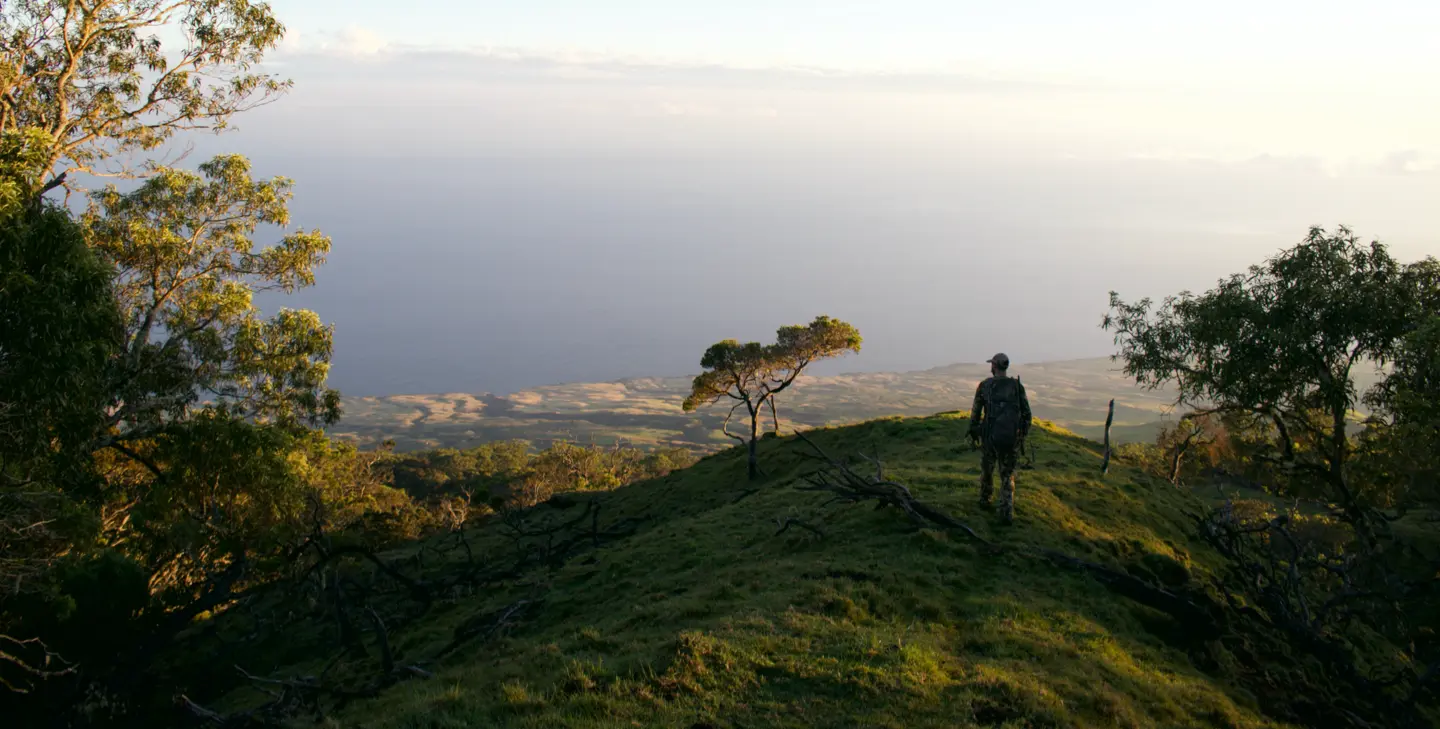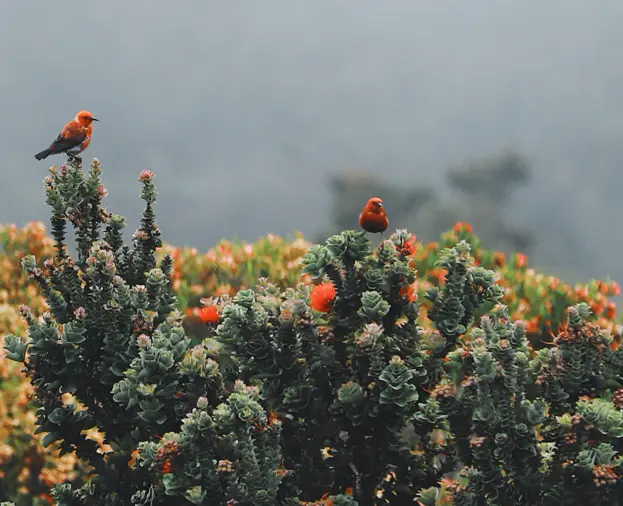
Everything is Connected
Why balance is critical to Hawaiʻiʻs ecology.
In the middle of the vast Pacific, Hawai’i’s extreme isolation makes it the world capital of endemism — meaning, for its size, Hawai’i has the highest rate of species that exist nowhere else on Earth.

—
Because the Hawaiian archipelago is so remote, any plants or animals that arrived prior to humans, carried by wind or water, were only successfully established at the rate of one new species every 25,000 to 50,000 years. Hawaiian species evolved and co-evolved over millennia and are now as incredibly unique as they are extraordinarily vulnerable. By contrast, human-accelerated new alien species colonization now occurs at the rate of once every 18 days. Hand-in-hand with high rates of endemism, Hawaiʻi is now home to more endangered species per square mile than anywhere else on the planet.

The most pervasive threats to Hawaiian species are non-native and invasive plants and animals.
—
Lacking any large native herbivorous mammals, Hawaiian plants are not adapted to ungulate browsing and trampling. Invasive feral deer, pigs, goats, sheep, and cattle are responsible for widespread destruction of lowland ecosystems and continue to degrade remaining native ecosystems, including critical forested watershed that are vital to Hawaiʻiʻs water and soil resources.

Alongside many of Hawaii’s conservation initiatives, mindful harvesting of Hawaii’s wild Axis deer populations as a food source is an important management tool as we continue to work to lessen our impact and the impact of species that we have introduced on and to this beautiful and rarefied place.